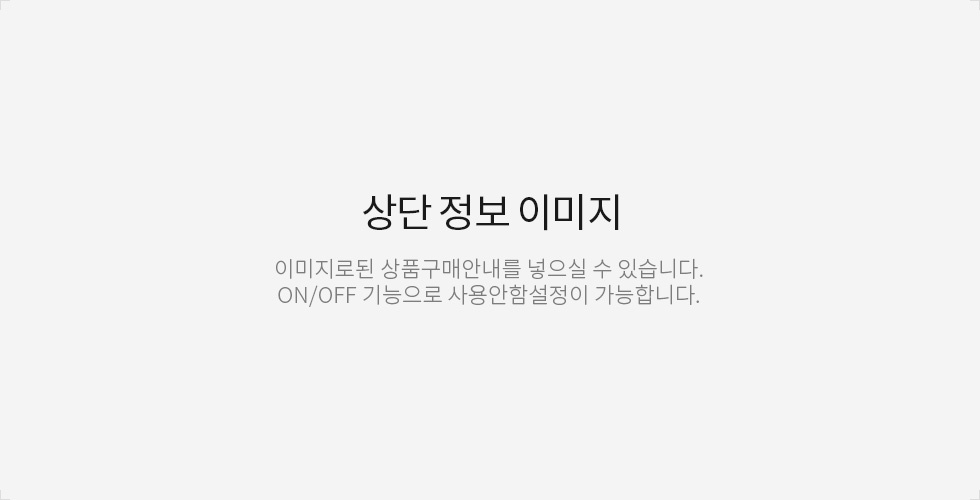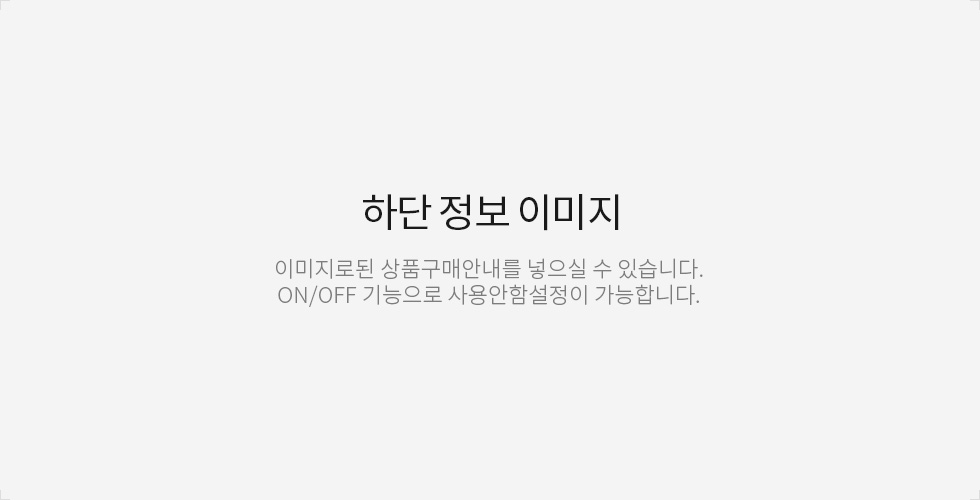고객센터
은행계좌안내
- 예금주

골드 슈미드 호른 벨
| 판매가 | 2000000 |
|---|---|
| 할인판매가 | 2,000,000원 (2,000,000원 할인) |
| 할인금액 | 총 할인금액 원 (모바일할인금액 원) |
| 적립금 | |
| 제휴적립금 | |
| 배송방법 | 택배 |
| 배송비 | 4,000원 (100,000원 이상 구매 시 무료) |
| 상품 추가설명 번역정보 |
| 구매방법 | |
|---|---|
| 배송주기 | |
| 배송 | |
|---|---|
| 수량 |
|
| 상품 정보 | 가격 | 삭제 |
|---|
할인가가 적용된 최종 결제예정금액은 주문 시 확인할 수 있습니다.
이벤트


구매하기

With Engelbert Schmid Horns you can change back and forth between the sizes middle, wide, and extra wide just by changing the screw bell. The narrow bell is a special case, having a flare close to the middle size but with a narrower stem. Extra wide would normally only be used by a fourth horn for certain pieces. Most horn players will choose between middle and large.
Middle (m): an elegant, clear, carrying tone has advantages in the high range over the wide bell.
Wide (w): a full, but not dull, carrying sound, sonorous. With a carefull hand position, (straight and not too far out), it is possible to compensate for the disadvantages in the high range.
You also have the choice between 4 alloys
| Brass (MS): | Elegant, bright (nevertheless rich), smooth tone colors from sweet to extremely brassy. The alloy most versatile in sound. Those with an embouchure producing a naturally dark sound should choose brass. For approximately 80 % of hornplayers is MS the right choice. Strongly alkaline saliva can cause pitting with brass alloy. For this reason the mouthpipes on brass horns are made of nickel silver. |
| Gold Brass (GM): | a bit smoother and darker, but clear, round and rich. Not as many tone colors are possible as with brass. Some embouchures sound a bit shallow with plain brass and need gold brass. Resistant to saliva. Some prefer gold brass simply because of the noble tone color. |
| Nickel silver (NS): | contains no silver. The nickel portion of the alloy gives it its color. The sound is very dark in piano and very bright in fortissimo. Is an option only with wide and extra wide bells. In Europe the sound of nickel silver is not considered as noble as the other alloys. In America there is a tradition of nickel silver horns, but which is steadily decreasing. Permanently resistant to saliva. |
| Sterling Silver (SS): | contains 92.5 % pure silver, the rest is copper. Engelbert Schmid is the only one, up to now, who has been able to produce thin walled sterling silver horn bells with a width of 310 mm. The sound is especially round so that the middle size is sufficient for most horn players. Sounds noble and doesn´t get too aggressive or edgy in fortissimo. It speaks very easily in piano with a rounded sound, (ideal for lyrical passages). In fortissimo the sound stays round but is more tiring to play than the other alloys. Is resistant to saliva and the only alloy resistant to sweat. Beautiful to look at, especially with a gold brass garland. We also offer instruments with all the conical parts made of sterling silver, (mouthpipe, bell branch and bell). The cylindrical parts are made of gold brass. The alloy of the bell affects the sound characteristic to at least 50 %. In other words a brass horn with a gold brass bell sounds more like a gold brass horn than a gold brass horn with a brass bell. |
With or without garland?
With a weight of only 100 grams, the tastefully decorated garland from Engelbert Schmid does not deaden the sound. The garland causes a bit more resistance, and a somewhat rounder sound that gets brassy later, but more suddenly. Without the garland the transition to a brassy sound is more even. About 50 % of hornplayers sound better with the light garland from Engelbert Schmid.
Spun or hand hammered?
Spun bells are presssed from a disk. The sound is good, healthy, you could say modern. If you strike the edge of the bell with your finger it makes a bell-like sound, more so than a hand hammered bell. Pressing it out of a disk makes the material thin at the screw ring and leaves it thicker towards the edge of the bell.
Naturally we use a special method to keep the difference to a minimum, but it cannot be completely avoided.
Our hand hammered bells are cut out of one piece of
Because hand hammered bells without a garland can be bent easily, you should not lift the horn by the edge of the bell. With Engelbert Schmid bells it is no problem to restabilize a bent bell edge. Stability was probably the original reason for adding garlands, not sound. Hand hammering stresses the material to a great extreme, which changes the structure, and definitely changes the sound a bit. The crucial factor is that the material becomes thinner towards the end, farther from the energy source, and therefore vibrates better with the sound. A hand hammered bell sounds more old fashioned, darker, than a spun bell. The thin end of the bell produces a very warm center to the tone in piano, and at the same time a more pleasant brassiness in fortissimo. The hand hammered bells are available with or without garland.
As far as I know, we are the only ones to offer so thin a bell with a width of 310 mm. Even an increased thickness of 0.05 mm makes the instrument harder to play and less flexible. A hand hammered bell must be very thin. Just about everyone who has a chance to compare prefers the hand hammered bell to the spun one.
Fixed or screw bell?
The fixed bell is esthetically preferable, but is much harder to transport, is harder to repair, and robs the hornplayer of the possibility of changing the sound with different sizes of bells. There is almost no difference in sound because the hand dampens the vibrations in the area of the screw ring anyhow. Our screw ring weighs only 100 g and still is very stabil.
Lacquered or unlacquered?
It is not possible to say that lacquer does not affect the sound. With a thickness on the inside and outside of 0.02 mm, this plastic-like covering accounts for approx. 10 % of the total material. Unlacquered sounds a bit more centered, which some people find brighter, some darker, some smoother and some harder. My observation and feeling is that lacquer dampens the high overtones, and also the extraneous noise in the sound, causes the horn to sound clearer, for some brighter, although it is acoustically darker. My experience is that the difference is minimal and that 50 % of hornplayers sound better on a lacquered instrument. The lacquer is more resistant to sweat than the

- 배송 방법 : 택배
- 배송 지역 : 전국지역
- 배송 비용 : 4,000원
- 배송 기간 : 2일 ~ 7일
- 배송 안내 :



 02-586-8484
02-586-8484

 네이버톡톡으로 문의주세요
네이버톡톡으로 문의주세요 카카오톡 채널 #
카카오톡 채널 #










